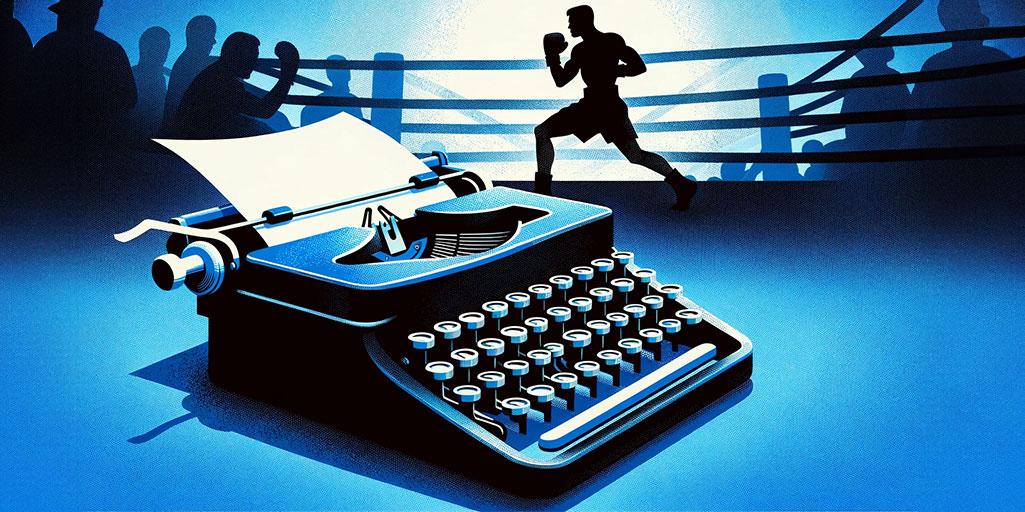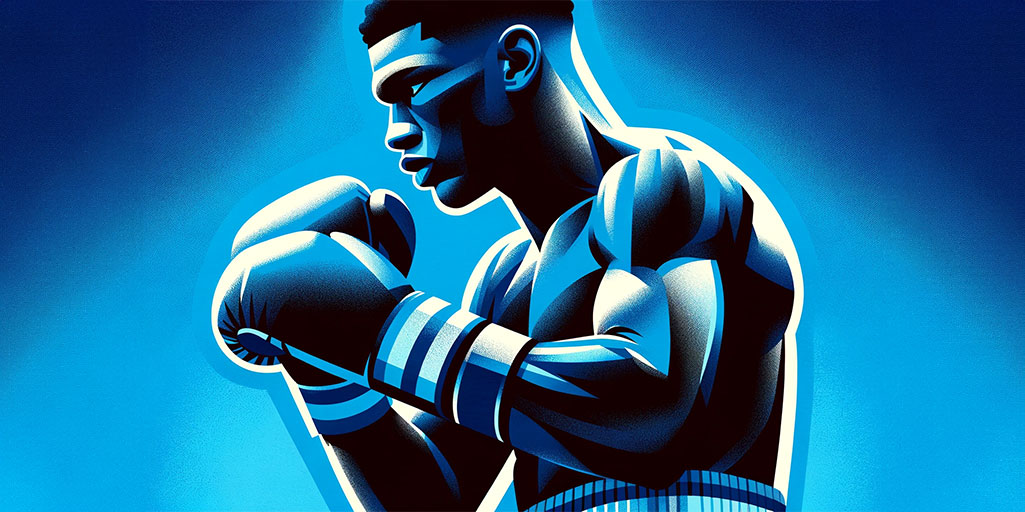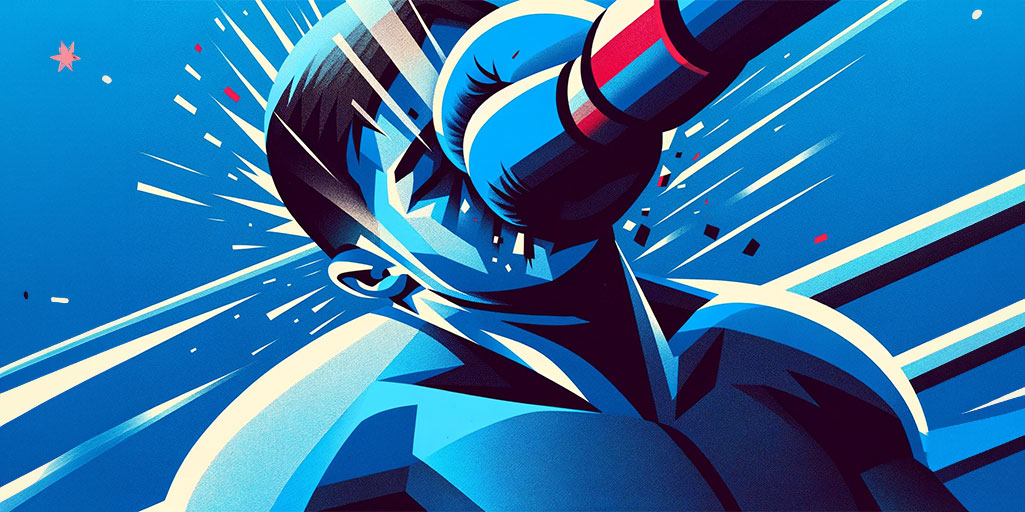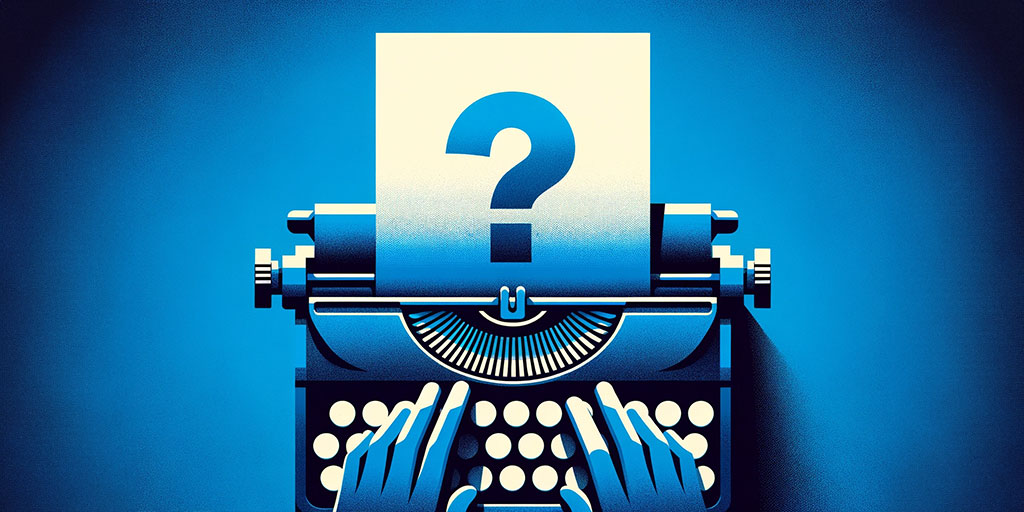Are you ready to dive into the adrenaline-pumping world of fight scenes? Whether you’re penning a fantasy epic, a gritty thriller, or even a romantic drama, a well-crafted fight scene can elevate your narrative to new heights. But let’s face it, writing a fight scene that crackles with tension, resonates with realism, and keeps your readers on the edge of their seats is no small feat. That’s where we come in! In this comprehensive guide, we’ll arm you with the tools, tips, and tricks to write fight scenes that are not just read, but felt. So, lace up your gloves, sharpen your pens, and let’s get ready to rumble with words!
What Makes a Fight Scene?

When we think of fight scenes, our minds often jump to blockbuster movies with high-octane action and jaw-dropping stunts. But in the realm of writing, a fight scene is so much more than just physical combat. It’s a dance of words, a strategic play of emotions and actions that drive your story forward.
- Character Motivation: At the heart of every compelling fight scene is a character with a clear goal or reason for fighting. Whether it’s to protect a loved one, survive against the odds, or achieve a long-sought-after victory, the motivation fuels the intensity of the scene.
- Emotional Stakes: What’s at risk during the fight? The higher the stakes, the more gripping the scene. Emotional stakes add depth and urgency, compelling readers to root for the characters involved.
- Clarity and Choreography: A well-choreographed fight scene is clear and easy to visualize. Readers should be able to follow the action without getting lost in a flurry of movements.
- Sensory Details: A great fight scene is a sensory experience. It’s not just about what the characters do, but how it feels, sounds, and even smells. These details immerse your readers in the moment, making them feel every punch and dodge.
- Pacing and Structure: The rhythm of a fight scene should ebb and flow, mirroring the action. Fast-paced sequences interspersed with slower, more strategic moments keep the reader engaged and the tension high.
- Character Development: Fights are a chance to reveal character traits, strengths, and weaknesses. How a character fights, or chooses not to, can say a lot about who they are.
- Impact on the Story: Every fight scene should serve a purpose in the larger narrative. It could be a turning point, a moment of character growth, or a catalyst for future events.
In essence, a fight scene is a multifaceted narrative tool. It’s not just about who throws the hardest punch, but about why they’re fighting, how they’re fighting, and what the fight means in the grander scheme of your story. Let’s delve deeper into how to harness these elements to create fight scenes that pack a real punch!
Craft of Writing Quiz (Easy)

Pre-Writing Preparation

Before you let your characters cross swords or exchange blows, there’s some groundwork to be laid. Think of it as choreographing a dance; every step needs to be planned to ensure the performance is both thrilling and believable. Here’s how you can set the stage for a knockout fight scene.
Fight Style Research
Understanding different fighting styles is crucial. Each style, from the disciplined strikes of karate to the fluid movements of capoeira, brings its own rhythm and tactics to a fight. Diving into these styles not only lends authenticity to your writing but also helps tailor the fight to your character’s personality and background. Imagine a street-smart character using improvised moves versus a trained soldier with precise, calculated strikes. The contrast in styles can speak volumes about their histories and skills.
Character Profiles
Knowing your characters inside out is key. What are their physical strengths and weaknesses? How do they react under stress? A character with a quick temper might charge in without thinking, while a more strategic mind might wait for the right moment to strike. These traits will influence how they fight, making each scene unique to them. Also, consider their experience with combat. A novice fighter’s scene will look vastly different from that of a seasoned warrior.
Setting Selection
The setting of your fight scene can be as influential as the characters themselves. A narrow alleyway offers a different dynamic than an open battlefield. Think about how the environment can be used in the fight. Can your character use the surroundings to their advantage? Does the setting pose any additional challenges? The environment can turn into a character of its own, adding an extra layer of complexity to the fight.
11 Writing Tips for Crafting Engaging Fight Scenes

Crafting an engaging fight scene is an art form. It’s about striking the right balance between vivid description and fast-paced action, ensuring your readers are right there in the thick of it. Let’s break down some key aspects to keep in mind.
1. Choreography & Visualization
The choreography of a fight scene is its backbone. Start by visualizing the fight in your mind’s eye, like a director framing a scene. Consider the environment and how it influences the fight. Is it a narrow alley or a sprawling battlefield? Each setting offers unique opportunities for interaction. Think about the movements and styles of your characters. Are they trained fighters, relying on skill and technique, or are they scrappy, using whatever comes to hand? This visualization process helps in creating a fight scene that is not only coherent but also dynamic and exciting.
2. Dynamic Language & Sound
The power of a fight scene often lies in its language. Use dynamic, visceral verbs that convey motion and impact – words like ‘slam’, ‘lash out’, ‘parry’, and ‘thrust’. These words paint a clearer picture and add a sense of immediacy. Onomatopoeias are your secret weapon here. Words like ‘crash’, ‘bang’, ‘thud’, and ‘whoosh’ inject a sense of sound and action, making the scene pop off the page. They’re especially effective in conveying the suddenness and brutality of physical confrontations.
3. Sensory Detail & Atmosphere
Engage all the senses to bring your fight scene to life. Describe the metallic tang of blood in the air, the stinging sweat in the eyes, or the sharp crack of a bone. The texture of the environment – the cold, hard concrete or the slippery, wet grass – can add layers to the scene. This sensory engagement creates a vivid atmosphere that envelops the reader, making the scene more immersive and realistic.
4. Balancing Realism & Drama

Balancing realism and drama is crucial. Your fight scene should be believable yet exciting. Consider the physical and emotional limitations of your characters. Even the most skilled fighter can’t dodge every blow. Show their fatigue, their fear, their adrenaline. This vulnerability adds drama and stakes to the scene. At the same time, keep the action grounded in the world you’ve created. If it’s a fantasy setting with enhanced abilities, establish these rules early on so the reader buys into the heightened action. Remember, a good fight scene is not just about the physical altercation; it’s about the tension, the stakes, and the characters’ emotional journey through the conflict.
5. Character Choices in Crisis
In the heat of battle, a character’s true nature often emerges. Fight scenes are excellent opportunities for character development, revealing hidden strengths, weaknesses, and moral dilemmas. Consider how the crisis of the fight influences your character’s decisions. Does the pacifist character choose to fight to protect someone they love? Does the seasoned warrior show mercy or ruthlessness? These decisions can lead to significant character growth or reveal aspects of their personality that were previously hidden. The choices made in these high-stress moments can have lasting impacts on the character’s development and the story’s trajectory.
6. Emotional Layers in Conflict
Underneath the physical conflict, there’s often a deeper emotional or ideological clash. This layer adds depth and complexity to your fight scene. Are the characters fighting over a misunderstanding, a deep-seated grudge, or conflicting ideologies? These emotional undercurrents fuel the intensity of the fight and can provide insight into the characters’ motivations. A fight scene can be a physical manifestation of the internal conflicts plaguing your characters, making the scene about more than just who wins or loses. It becomes a pivotal moment where emotional tensions are laid bare.
7. Pacing & Tension Techniques
Pacing is a critical tool in writing effective fight scenes. It’s not just about the action unfolding but how you convey it. Mixing short, punchy sentences with longer, more descriptive ones can create a rhythm that mirrors the fight’s ebb and flow. Short sentences can quicken the pace, making the action feel more immediate and urgent. In contrast, longer sentences can slow down the moment, allowing for tension to build or for the reader to catch their breath. This variation in sentence length keeps the reader engaged and on their toes, mirroring the unpredictability of a real fight.
8. Physical & Emotional Realism

A fight scene should realistically portray both the physical and emotional impact of combat. Physically, consider the toll that fighting takes on the body. Describe the pain of a punch, the exhaustion after a long skirmish, the disorientation of a blow to the head. These details add a layer of realism and help the reader understand the stakes. Emotionally, explore how the fight affects the characters’ psyche. The fear, the adrenaline rush, the aftermath of trauma – these elements can add depth to your characters and make the fight scene more than just a physical altercation. It becomes a pivotal moment that can change your characters, for better or worse.
9. Using Environment Tactically
The environment in which a fight takes place is not just a backdrop; it’s an active participant in the scene. A savvy writer uses the setting to add complexity and creativity to a fight. Think about how your characters can interact with their surroundings. Can a character use a broken bottle as an improvised weapon? Could the slippery floor of a dock lead to a precarious situation? Or perhaps the claustrophobic confines of an alleyway restrict movement, changing the nature of the fight. Using the environment tactically can turn an ordinary fight scene into a memorable and unique encounter. It also showcases the resourcefulness and adaptability of your characters, adding another layer to their skill set.
10. Creating Unpredictable Fights
To keep your readers engaged, it’s crucial to inject innovation and unpredictability into your fight scenes. Avoid clichés and standard tropes that readers have seen countless times. Instead, think outside the box. Maybe the fight involves unconventional weapons or takes place in an unexpected setting. Perhaps the characters have to adhere to specific cultural or magical rules that change the nature of combat. These elements can surprise your readers and keep them guessing about what will happen next. An unpredictable fight scene is a compelling one; it holds the reader’s attention and makes the outcome feel uncertain and exciting.
11. Climax & Aftermath Dynamics
Every fight scene should build towards a climax, a moment where the tension reaches its peak. This climax is often where the fight is decided, but it’s also where the emotional and narrative stakes are highest. The climax should feel earned, a natural culmination of the physical and emotional journey of the fight. After the climax, don’t rush to move on. Take time to explore the aftermath of the fight. How are the characters physically and emotionally affected? What are the immediate consequences of the fight? This aftermath can be a powerful moment for character development and can set the stage for future plot developments. It’s a time for reflection, for characters to consider the cost of their victory or the lessons of their defeat. By giving proper weight to the aftermath, you ensure that the fight scene has a lasting impact on your story and your characters.
6 Common Pitfalls & How to Avoid Them

Writing a fight scene is fraught with challenges, and even the most experienced writers can stumble. Here are some common pitfalls in crafting fight scenes and how to sidestep them, ensuring your scenes are both thrilling and credible.
1. Over-Complicating the Scene
- Mistake: It’s easy to get carried away with intricate moves and complex choreography, but this can lead to confusion. If readers can’t follow the action, they disengage.
- How to Avoid: Keep it simple. Focus on the key actions and reactions. It’s not necessary to describe every punch or block. Instead, highlight the most impactful moments and keep the reader grounded in the scene.
2. Losing Character Voice
- Mistake: In the heat of the action, characters might start sounding the same, losing their unique voices and personalities.
- How to Avoid: Ensure that each character’s actions and reactions in a fight reflect their personality and background. A street-smart character might fight dirty, while a trained soldier might be more strategic. Their dialogue and thoughts during the fight should also be true to their character.
3. Ignoring the Laws of Physics
- Mistake: Defying the laws of physics can shatter the reader’s suspension of disbelief, especially in genres that demand realism.
- How to Avoid: Stay true to the physical capabilities of your characters and the world they inhabit. If your story is set in a world with different physical laws, establish these rules early on and stick to them.
4. Neglecting Emotional Depth
- Mistake: Focusing solely on the physical aspects of the fight can lead to a scene that feels flat and unengaging.
- How to Avoid: Weave in the characters’ emotions and thoughts throughout the fight. Fear, anger, desperation, and even humor can add depth to the scene and make it more than just a physical altercation.
5. Forgetting the Stakes
- Mistake: Without clear stakes, a fight scene can feel pointless and fail to hold the reader’s interest.
- How to Avoid: Establish what’s at risk for the characters involved. Whether it’s their life, their honor, or the fate of the world, make sure the reader understands what’s driving the fight.
6. Inconsistent Pacing
- Mistake: A fight scene that’s too fast can be confusing, while one that’s too slow can be boring.
- How to Avoid: Vary the pacing. Use short, sharp sentences for fast action and longer, more descriptive ones for slower moments. This keeps the reader engaged and mirrors the natural rhythm of a fight.
Frequently Asked Questions
In the journey of writing compelling fight scenes, several questions often arise. Let’s tackle some of the most common queries to help you craft scenes that resonate with realism and drama.
How Can You Make a Fight Scene Realistic?
To achieve realism, research is key. Understand the fighting styles and physical limitations of your characters. Realism also comes from the sensory details – the sound of a punch, the pain of a wound, the fatigue after a long fight. Additionally, consider the psychological impact of combat on your characters. Realistic fight scenes are those where the physical and emotional responses feel genuine and well-researched.
How to Balance Realism and Drama in Fight Scenes?
Balancing realism and drama involves ensuring that the fight is believable while still being exciting. This balance can be achieved by grounding the action in the physical and emotional reality of the characters, while also amplifying the stakes and consequences of the fight. Remember, even in the most dramatic scenes, the laws of physics and the established rules of your world should be respected.
How Does Setting Affect a Fight Scene?
The setting can dramatically influence a fight scene. It can dictate the type of combat (close-quarters, open field, etc.), the weapons or objects available, and the tactical opportunities for the characters. The environment can also affect the mood and tone of the scene – a fight in a thunderstorm feels different from one in a quiet library. Use the setting to enhance the action and to reflect or contrast the internal state of the characters.
What Ensures Clarity in Fight Scene Choreography?
Clarity in choreography comes from a well-visualized scene and concise, descriptive writing. Avoid over-complicating the action. Focus on key movements and reactions, and ensure that each action has a clear cause and effect. Using active voice and avoiding overly long sentences can also help maintain clarity. Remember, the reader should be able to effortlessly visualize the flow of the fight.
How Do Fight Scenes Advance Plot and Character?
Fight scenes can be pivotal in advancing both plot and character development. They can act as climaxes in a narrative, resolve conflicts, or create new ones. In terms of character development, how a character fights, or why they choose to fight, can reveal a lot about their personality, background, and current emotional state. Fights can also be transformative moments for characters, forcing them to confront their fears or change their beliefs.
How Long Should a Fight Scene Be?
The length of a fight scene should be dictated by its purpose in the story and its emotional and narrative weight. There’s no one-size-fits-all answer. Short, sharp fight scenes can be impactful and convey urgency, while longer scenes can delve deeper into strategy and character development. The key is to maintain pacing and ensure that every part of the scene is engaging and necessary for the story you’re telling.
Craft of Writing Quiz (Hard)








